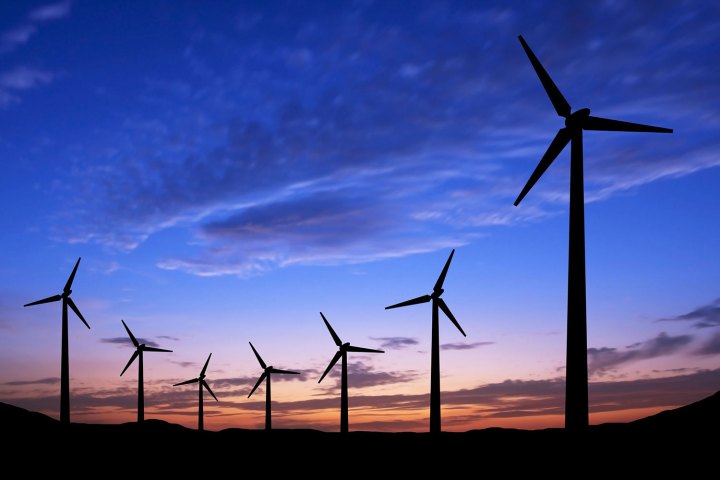
The proposed turbine will be significantly larger than any existing wind turbines currently in operation. Most industrial turbines have blades under 200 feet — the largest blades measure a little over 270 feet. The massive turbine also will be exceptionally tall, climbing 1,574 feet upward and dwarfing the existing big turbines, which are just over 700 feet tall. When completed, the towering turbine will be higher than the Empire State Building. Given its blade size and reach, the turbine will be capable of producing a whopping 50 megawatts of energy. This energy output dwarfs existing on-shore, utility-scale turbines which produce between 1.5 and 3MW. Even the biggest off-shore turbines in use only generate up to 8MW.
Not only supersized, the mega turbine also will feature cutting-edge blade technology that will allow its blades to adapt to prevailing wind conditions. The long blades, officially called Segmented Ultralight Morphing Rotors, will face downward and will be built in small segments (130-164 feet), making it easier to manufacture, transport and assemble them on site. They also will be adjustable, fanning out when wind conditions are optimal for energy generation. “Like a flower, the petals are spread out, and we reach out and grab as much wind as we can,” Loth said. The blades also will contract when wind conditions become potentially damaging.
Initial plans call for the off-shore installation of these big turbines to minimize the environmental impact of the supersized structure. “I really want to focus on going far enough offshore that we’re away from the migratory patterns of the birds,” Loth said. The team, comprised of researchers from the University of Virginia, University of Illinois, the University of Colorado, the Colorado School of Mines, the National Renewable Energy Laboratory and Sandia National Laboratory, is currently working on building a scale prototype, which they hope to test within three years at National Renewable Energy Laboratory in Colorado. Funding for the project ($3.5 million) is being provided by the U.S. Energy Department via its Advanced Research Projects Agency-Energy (ARPA-E) program.
Editors' Recommendations
- Could wooden windmills make a comeback? Sweden’s newest turbine shuns steel
- Stanford researchers create algorithm that makes wind turbines more efficient




